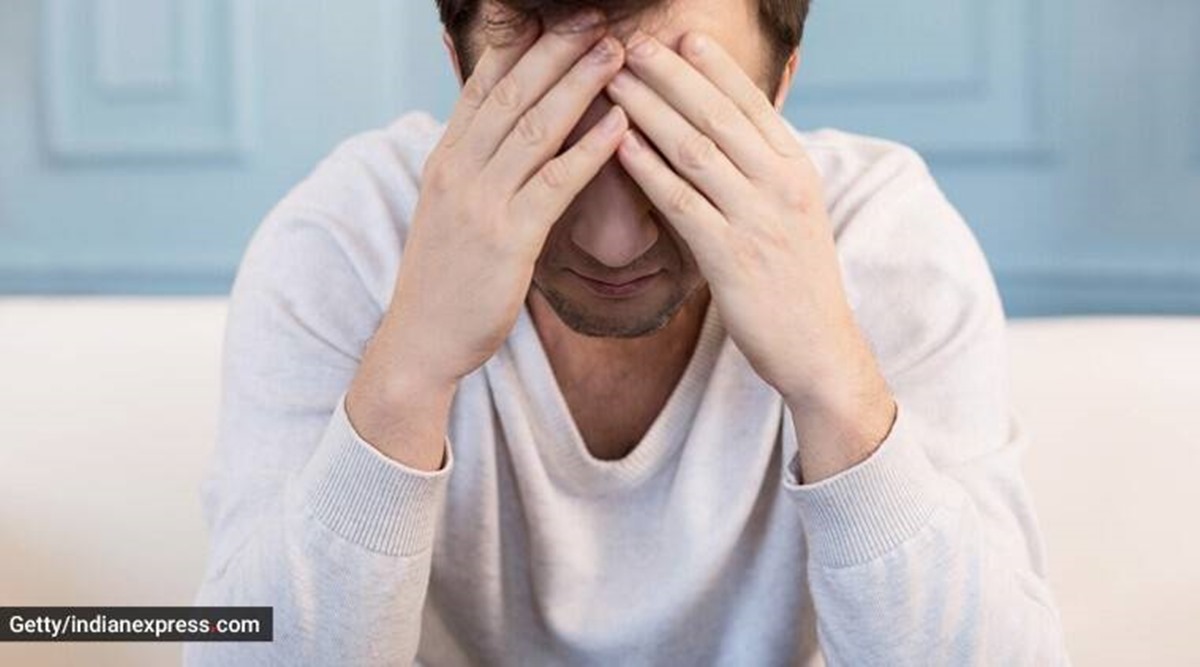According to the National Crime Records Bureau (NCRB)India recorded more than 1.53 lakh suicides, an estimated 418 suicides daily in 2020. This equates to a suicide mortality rate (per lakh population) of 11.3 in 2020, compared to 10.4 in 2019 This is the highest number of suicides in the country in a decade and is the tallest in the world. Among those who died by suicide, students saw the largest increase of 21.2% in 2020, compared to a 7 to 8% increase in recent years. For every suicide death in India, there are more than 200 people with suicidal thoughts and behaviour, and more than 15 suicide attempts. Considering that these numbers are only those of reported suicides and that there is no definitive data on the number of suicide attempts, the burden of suicides in India may be much more serious. The numbers may be further compromised by the rampant stigma associated with mental health and the legal complications of suicide reporting leading to massive underreporting of suicides.
The drastic increase in suicides in 2020 also indicates the adverse impact of the pandemic on mental health. Unemployment, the inability to access opportunities, social isolation, among other factors, have caused an increase in stress and anxiety. The situation is aggravated by the discrimination associated with mental illness that negatively affects help-seeking behavior and the lack of information about who to contact for help.
In terms of gender variation, the suicide rate among Indian girls and women remains twice the global rate despite a 40.7% reduction from 1990 to 2019 in India. These deaths are often due to marriage-related issues, such as dowry harassment, early marriage, forced marriage, arranged marriage, domestic violence and widowhoodthereby highlighting the urgent need to expand gender-sensitive mental health services.
For the country’s youth (15-29 years), among whom 1/3 of all suicides occur, the data suggest that a student dies by suicide every 55 minutes, and 1,129 suicides among children under 18 in 2020 due to failure in exams. Suicides also account for the majority of deaths in the Age group 15-39 years compared to other causes. Increased pressure and anxiety to perform well on exams and fear of failure among students may translate into increased suicides. The country’s highest political offices need to deliberate on the introduction of context-specific interventions and outline multi-level priorities for action for suicide prevention in various sectors. India should also integrate suicide prevention at all levels of public health in the form of a macro-level national suicide prevention policy. In addition to peer support through parents, families and communities at the individual level must offer empathetic and non-judgmental listening.
According to the Central Board of Secondary Examinations, about 1.59 lakh students failed in class X and 1.34 lakh students failed in class XII exams in 2020. As the board exams are approaching, there is a need to establish systems for universal supplementary examinations that allow students to retake examinations. Establishing helplines that work before, during and after exams can also reduce anxiety among students. Additionally, starting conversations about mental health issues in schools and colleges to guide students through mental health challenges and create safe spaces for them to share their issues can also reduce stress and improve their ability to function well.
Another challenge is that most suicide prevention research is conducted in high-income countries which may have limited applicability in a developing country like India. It is essential to promote national and sectoral research on the reasons for suicide mortality and its increase, and to make culturally and economically appropriate suggestions to help mitigate the problem. Greater emphasis should also be placed on collecting real-time suicide numbers to understand the severity of the crisis and ensure timely and planned interventions.
Additionally, media reports can play an important role in shaping people’s understanding of suicide. In times of distress, the media should promote health-seeking behaviors, correct information, and counter possible myths related to suicide. Inappropriate reporting that sensationalizes the details of suicide, shares the identity of the person who committed suicide and their methods, can lead to increased stigma around suicides and mental health. It can be potentially harmful to vulnerable populations and cause a 1-2% variation in suicides. Reporting guidelines issued by the World Health Organization and those of the Press Council of India should be followed to ensure responsible reporting standards and proper journalistic conduct.
Despite being totally preventable, India has been losing more and more people due to suicide. The severity of the crisis worsened with the COVID-19 pandemic must be addressed by creating a holistic environment for mental health. Carrying out evidence-based interventions that take into account the needs of the most vulnerable and marginalized populations, such as women and youth, providing the necessary support systems can reduce the number of lives lost and build a healthier response system.
(Dr Virander Singh Chauhan, Distinguished Visiting Professor, Institutions of Eminence, University of Delhi, and ETI Founder; Dr. Lakshmi Vijayakumar, Founder SNEHA)
📣 For more lifestyle news, follow us on Instagram | Twitter | Facebook And don’t miss the latest updates!
!function(f,b,e,v,n,t,s)
{if(f.fbq)return;n=f.fbq=function(){n.callMethod?
n.callMethod.apply(n,arguments):n.queue.push(arguments)};
if(!f._fbq)f._fbq=n;n.push=n;n.loaded=!0;n.version=’2.0′;
n.queue=[];t=b.createElement(e);t.async=!0;
t.src=v;s=b.getElementsByTagName(e)[0];
s.parentNode.insertBefore(t,s)}(window, document,’script’,
‘https://connect.facebook.net/en_US/fbevents.js’);
fbq(‘init’, ‘444470064056909’);
fbq(‘track’, ‘PageView’);
.
